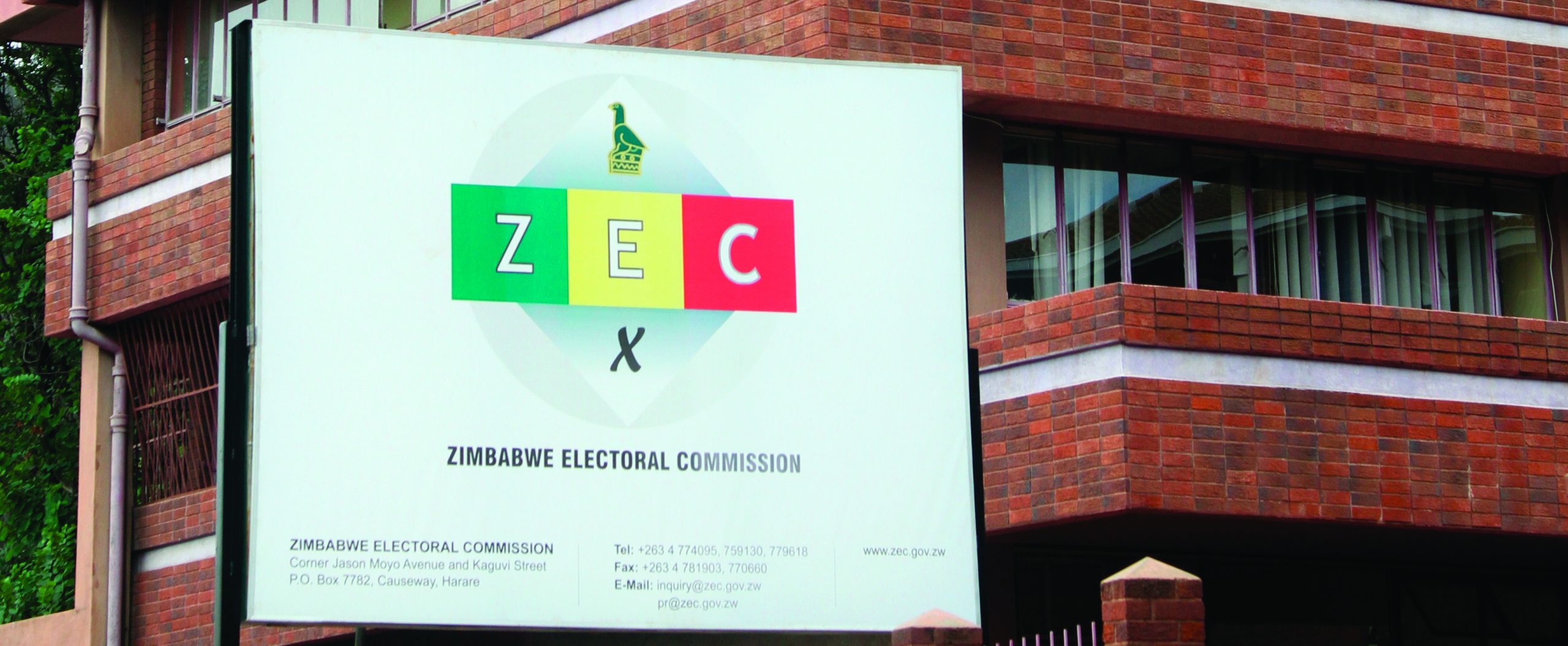
BY FARAI CHIGORA
If we are to build enduring brands, there has to be a framework which legally defines how they relate to the environment, competitors, employees, customers, government and the rest of the multiplicity of players in the marketing and industrialisation ecosystems. In this regard, the brands that are locally designed should be at ease with the legal framework of the land for them to compete effectively locally and globally. This is because of the landscape that is shaping existence of our home grown brands, and they do not exist in a vacuum or represent themselves as selfish silos. We fellowship, share, influence, conform and bring an experience together. It is a winning formula for our SMEs to enjoy competition and that captivating sense of dominance when leading the market through successful brands. I have been made to worry with the paper and briefcase handling of our brands by many of our entrepreneurs. If you let that brand fly freely and go, it will come back with many of your needed friends, ventures and followers. Why that strong convincing belief? It is because these brands are guided by laws of existence just like that of gravity. In every action, there is a reaction. So is the life story of an enduring and boundary-free brand.
We are getting into the uncommon zones where we talk about laws of branding peculiar to our success towards industrialisation as upcoming and existing entrepreneurs. There is a law for companies which many of our entrepreneurs are still to appreciate in practice. This has been generalised though with a stronger effect on the way the company name and brand name complement, or compete with each other.
I always wonder when my enterprising colleagues get inspiration from being known through a company name. That one is for the Registrar of companies and cabinet filing rather. Those who have made it can confess that a brand name should take precedence over the company name. It is homework to our entrepreneurs not to get excited about the acronyms that define their birth certificate (and take it for existence as a brand).
As inspired by previous editions on brand reality and realism when we develop brands it should be out of novelty. That’s what the market expects of our brands, especially when selecting a lifetime engagement (it’s not only for temporary courtship). Even if the love of your company name restricts the desire to develop a separate brand name, add on other elements that are distinguishable (as alluded in previous editions). If not, then the goal to win competition through branding that can lure hearts of humankind becomes a steep uphill journey. This is because the branding elements that personally talk to the customer and spearhead the connection of colours, animation and legacy through creativity will be missing. That’s what attracts the customers closer to the brand. The modern customer is searching for a symbiosis that is in a form of excitement and a living storytelling/testimony rather than a mere name.
Our home-grown enterprising model (PEOPLE) has not restricted us to local operations, but to start local and conquer the world. It is the desire of this branding in the age of entrepreneurship that we should grow into a global force to reckon with. Hence, our SMEs should conform to the law of borders as we do brand management. Brand mechanisation and performance should be assessed on its global success in publicity, consumption and followership. It is important to note that there are no barriers to global branding for our SMEs. In fact, a brand should know no border. In order to safeguard such an achievement there is need to develop a brand that meets cross-cultural and inter-government requirements (so as to penetrate all nations under the sun). Of course, one that is cultured from the local elements but fitting in global cultural jigsaws. Value of a brand then lies in the perception of the customer with regards to its origination (which is a problem with most of our third world brands). They are perceived to be incompetent yet they represent originality, ethnicity and heritage. So we should fine tune our brands for global space and identity riding on what is not known rather than imitations. This include our heritage as aforementioned which competes with none.
Charity begins at home. No one doubts a branded wristwatch from Switzerland or an automobile from German. Their brands have been made to represent superb global competence. And for our own SMEs what have we put in place to achieve the same and beyond? Food for thought!
Then we come to another always forgotten element which entails longevity as a law of consistency. I am happy that most of our entrepreneurs are appreciating branding as a journey with is involving and evolving process. A brand is not built overnight. There is the need to continuously sale the same brand attributes to our target markets and stakeholders bearing in mind that failure through unnecessary changes and re-branding will result in confusion of identity.
- Embracing green buildings to save energy
- Feature: Is IP education sufficient for African young inventors?
- Business opinion: Eco-branding
- Time, gentlemen, please
Keep Reading
The Nike that we know today has maintained a same logo design for decades exceedingly making profits. Our SMEs are changing their brands as if these are shoes on a daily basis. Where are you? This is breaking the law consistency. Marketers of the brand might change but brands shouldn’t. In our struggles to develop unique and classic brands that match with none around the globe it is important for our entrepreneurs to also practice a law of the generic. It is evident across all sectors of our national economy that the use of generic brand names has been catalytic for what I can call fastest failure.
You see a brand named: “standard; general; international and” so on. This is too generic to survive in the competitive world of business. You can capitalise or write in any form but a generic word remains that — generic in the mind no matter how you spell it. There is need to ride on the creativity in brand building through relevant unique elements as discussed in the previous editions.
Our SMEs should also know that the easiest way of destroying a brand is to put its name on everything. Yet that is the order of day for our many enterprises. Most of the brands have been their line extended to death. Our entrepreneurs are managing and measuring these line extensions with the wrong side of the ruler where they see success only. There is also cannibalism in the extension that requires one not to overdo in this manner.
Then we come to the law of category which then informs we should be geared for leadership in a market that is dominated by many other brands. It is in this viewpoint that a leading brand for our SMEs should promote a product or service category. It is in the sense of creating lasting dominance that all others will follow. There is need for extensive novelty here. Where by our SMEs in their formation of a brand should give a perception that it is the only of its kind on the market. To be seen as a pioneer in that category and lead the through such a perception. Brand leadership should be the goal. Though these laws do not have the arresting powers like any enacted of our living. They only arrest your existence as a brand on the market. It is advisable that we relook at our branding credos and call for these. I am convinced that these laws will help in brand configuration for a lasting position and identity as we industrialise.
- Dr Farai Chigora is a businessman and academic. He is the Head of Business Science at the Africa University’s College of Business, Peace, Leadership and Governance. He is into agribusiness and consults for many companies. He writes in his personal capacity and can be contacted for feedback and business at [email protected], WhatsApp mobile: +263772886871.










